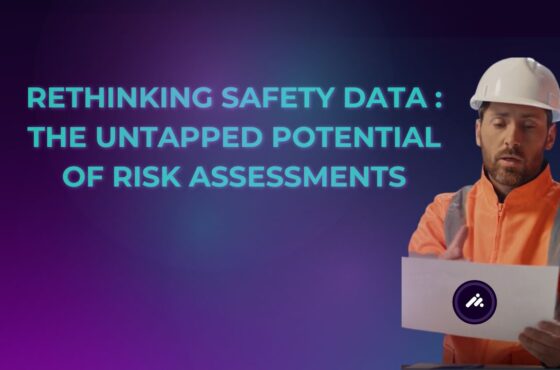THE AUTHOR: Simon Wright – INTUETY
The devastating human and legal cost of safety negligence is rising. As digital solutions become industry standard, courts stand poised to declare:
“Your failure to implement available safety technology directly caused these preventable deaths.”
The recent 10.5-year prison sentence handed to a paddleboard company owner underscores the severe personal accountability that directors and business owners face when safety protocols fail.
This case highlights how corporate negligence transforms into individual criminal liability.
The court’s ruling, which found the owner guilty of gross negligence manslaughter, demonstrates that directors cannot hide behind corporate structures when their decisions directly lead to fatalities, especially when basic safety measures like risk assessments, proper equipment checks, and qualification verification are ignored.
This landmark case from Haverfordwest, particularly poignant for me given the victims’ connections to Port Talbot, sets a precedent that business leaders who fail to implement available and reasonable safety measures face not just civil penalties but substantial criminal sentences, marking a decisive shift toward personal culpability in corporate safety failures.
Key Failures Identified
· Absent Risk Assessment: No proper evaluation of hazardous conditions
· Lack of Qualifications: The instructor was unqualified to lead such tours
· Inadequate Safety Equipment: Inappropriate equipment for the conditions
· No Safety Briefing: Fundamental safety procedures were ignored
· Poor Decision Making: Dangerous conditions were underestimated
How Digital Solutions Could Have Prevented This Tragedy
Modern risk management platforms like Intuety are designed specifically to prevent such catastrophic oversights. Through intelligent situational awareness and comprehensive risk assessment capabilities, such incidents could be prevented through:
· Systematic Risk Assessment
· Automatic identification of high-energy risks
· Equipment suitability verification
· Automatic flagging of qualification gaps
· Dynamic Safety Protocols
· Real-time risk updates
· Automated safety briefing requirements
· Emergency response procedures
The Legal Implications
This case raises a critical question for businesses: In today’s digital age, with advanced safety management solutions available, such as Intuety, which is the industry-leading risk management platform, can organisations truly claim they’ve done everything practically possible to prevent accidents if they haven’t utilised modern safety management systems?
The Future of Corporate Safety
The legal test of “reasonably practicable” is evolving with technology. As systems like Intuety become industry standard, the benchmark for what constitutes adequate safety measures is rising. Organisations must ask themselves:
· Are traditional paper-based systems sufficient?
· Can they demonstrate comprehensive risk management?
· How would their safety processes stand up to legal scrutiny?
This tragic incident serves as a sobering reminder that safety cannot be an afterthought. With modern solutions available, organisations have both the opportunity and responsibility to implement robust safety management systems. The question is no longer whether such systems are necessary, but whether organisations can justify not using them when lives are at stake.



